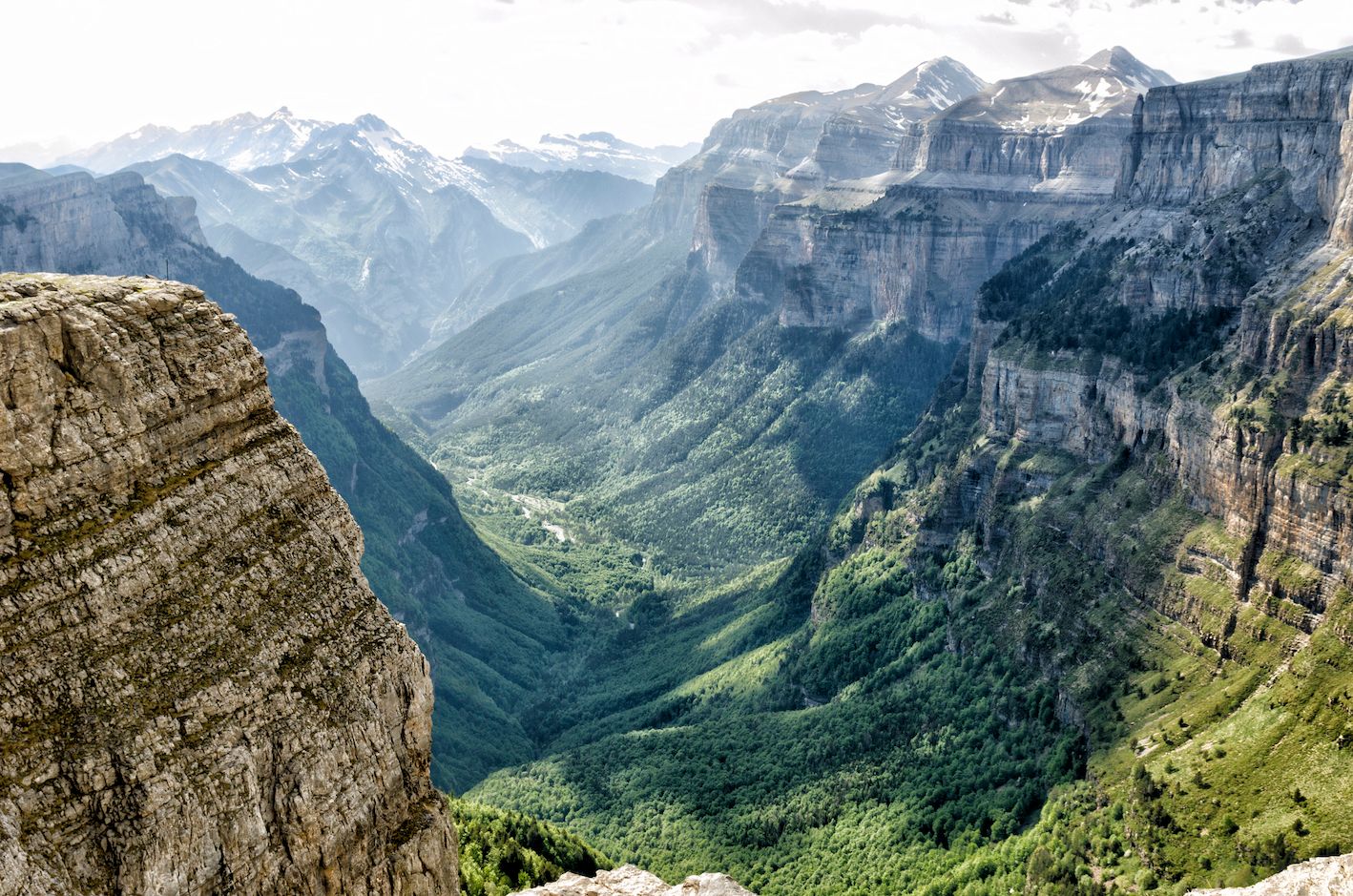Tracing the border between Spain and France, the Pyrenees is a landscape of contrasts. Serrated, snow dusted peaks. The sparse, labyrinthine ridges of the Spanish Pyrenees. Lakes as still as mirrors and verdant alpine meadows. This mountain range is a haven for hikers, with everything from easy day hikes to ascents for seasoned climbers.
The climate in the region is varied too. Broadly speaking, the region’s northern slopes are subject to the cooler temperatures of the Atlantic weather systems, while you’ll have much hotter summers on Spain’s southerly slopes.
But even cloudless days can quickly turn thunderous, especially in summer when the hot valley heat mixes with the cooler northern airstreams. In short, come prepared for sun, rain and even snow!

Refuges in the Pyrenees
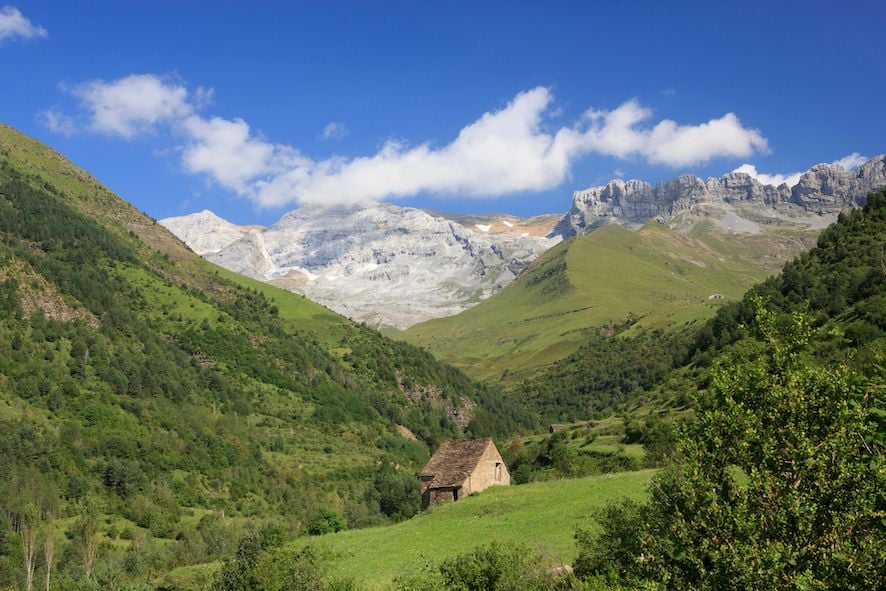
Wild camping is an option in the Pyrenees mountains, but you’ll be glad to know that the region is dotted with over 1500 refuges. These huts are the best option if you don’t fancy lugging a tent around on your multi-day hikes, and they range from ‘rustic’ to ‘very comfortable’.
Unmanned refuges are, as the name suggests, not run by anyone. Containing bunks, and maybe a fireplace, it’s very much a ‘first come first served’ situation.

Manned refuges, on the other hand, are monitored to keep them clean. At some of them, you can even bag yourself a three course meal and a hot shower! The Ariege Refuges are particularly comfortable. Make sure to book in advance, especially during the busy summer months.
Where to hike in the Pyrenees
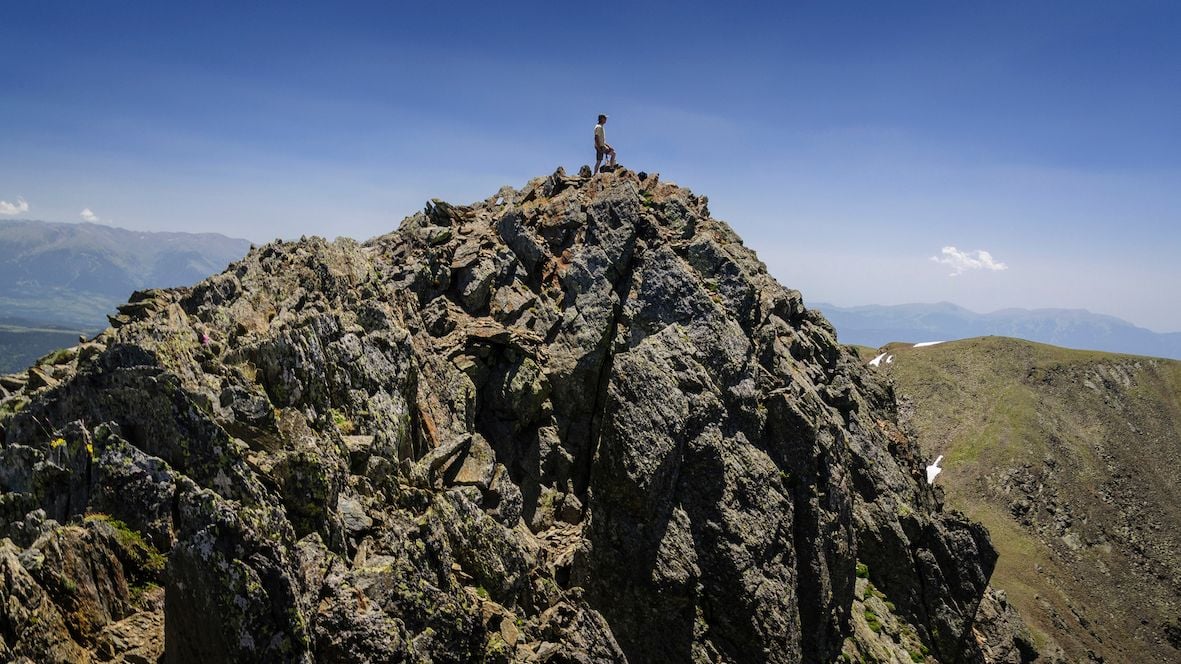
There are three long distance hiking trails in the Pyrenees. The GR10 runs through France and the GR11 is on the Spanish side. The Pyrenean Haute Route (also known as the HRP) follows the mountains at their highest point, winding back and forth along the border between France and Spain.
Depending on your level of speed and fitness, walking the HRP, GR10 or GR11 could take you anything from 30 to 60 days. It’s definitely a challenge worth completing, but for many people getting that much annual leave is an even greater challenge!
Not to worry - there are plenty of shorter hiking routes, ranging from a few hours to a few days. You can scramble across mountain passes or summit one of the many peaks, including the Aneto, the highest mountain in the Pyrenees at 3404m.
You could also embark on the first 15 miles of the popular Camino de Santiago, which will take you from Saint Jean Pied de Port in France and across the Pyrenees to Roncesvalles in Spain.
There are also plenty of circular routes that you can hike within one of the Pyrenees’ three national parks, the largest of which is the dramatic mountainscape of Parc National des Pyrenees.
The UNESCO-designated Parque Nacional de Ordesa y Monte Perdido might be the smallest, but is renowned for its dramatic canyons. Last but not least is the Parc Nacional d'Aigüestortes, a wild region of glassy lakes and jagged peaks.

Feeling a little too spoiled for choice? This handpicked list of some of the best Pyrenees hikes should make deciding where to go a little easier for you.
1. Ayous Lakes Circuit
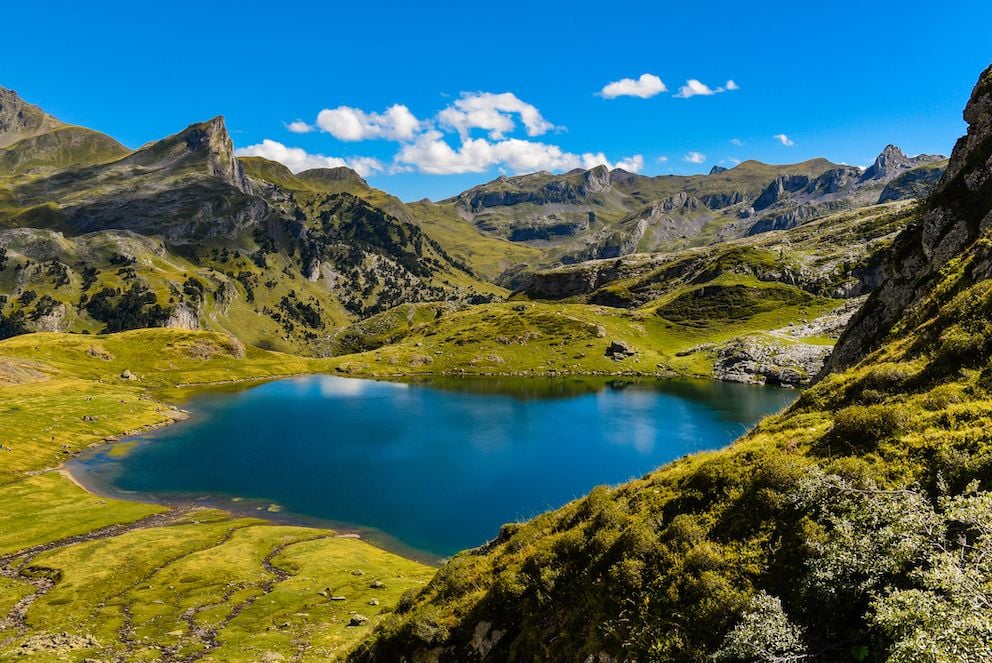
Distance: 7.4 miles
Time: 4-5hrs (circular)
A gorgeous circuit passing six idyllic clearwater lakes and a number of pools. It’s an easy day hike, offering up spectacular views of the surrounding mountains without any strenuous ascents.
The clearly marked trail begins at Lac de Bious-Artigues and takes you up lightly forested slopes to a mountain track. It’s here you’ll get your first view of the snow-capped summit of Pic du Midi (known to locals affectionately as Jean Pierre).
From there you’ll descend, passing by Lac Casterau and the larger Lac Bersau, which is surrounded by mountains. Passing by the three Lacs d’Ayous, you can continue on back to the start point.
If you’re feeling adventurous, you could stay the night at Refuge d’Ayous and attempt to summit the Pic du Midi the next day. Or you could break up the walk, giving you time to immerse yourself in the landscape or even go for a swim!
2. Faja Racon
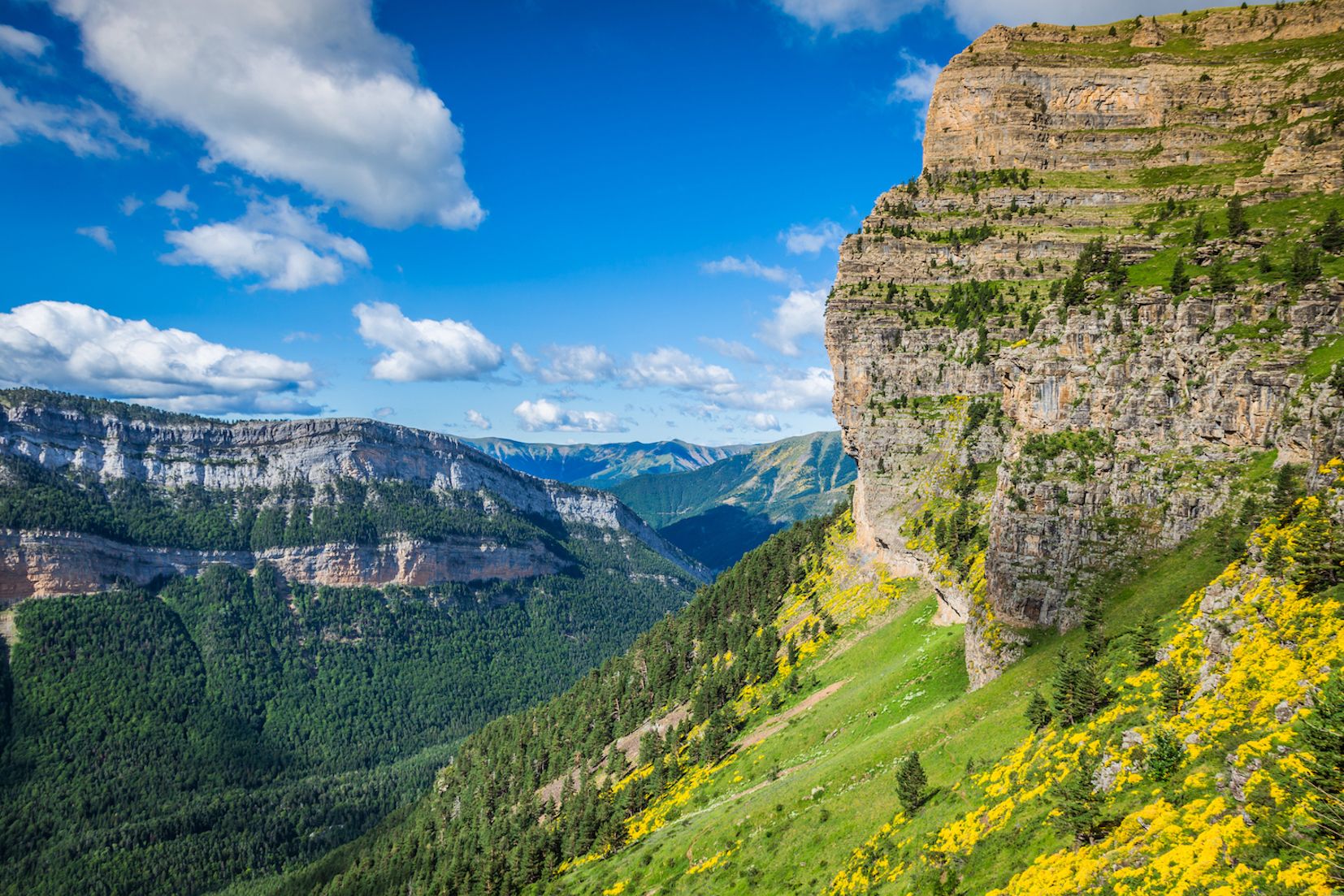
Distance: 7 miles
Time: 5-6 hrs (circular)
There are plenty of hiking trails through the dramatic cliffs, forests and mountains of the Ordesa National Park. Many of them start and end at the Pradera de Ordesa, including the Faja Racon. During peak months, the car park here is closed, but you can reach the Pradera via shuttle bus instead.
You’ll need to walk back down the valley road towards Torla, until you see the route signposted on the right hand side. Then it’s up through the woods, catching glimpses of the steep cliffs as you ascend. The woods clear to show the vertiginous heights of the Tozal de Mallo and the Circo de Carriata.
As you continue to ascend, you’ll be treated to views of the craggy karst valleys of Ordesa, contrasting with the verdant Sierra de las Cutas. You might even catch a glimpse of a bearded vulture or some chamois (a species of goat-antelope). You’ll pass the plunging Cotatuero waterfall and flat-topped Monte Arruebo, before a steep descent back to Pradera.
There’s only one hut in the park, Refugio de Goriz, so make sure to book in advance. Staying here gives you access to a number of summit walks, including trails up the challenging Monte Perdido.
3. Carros de Foc
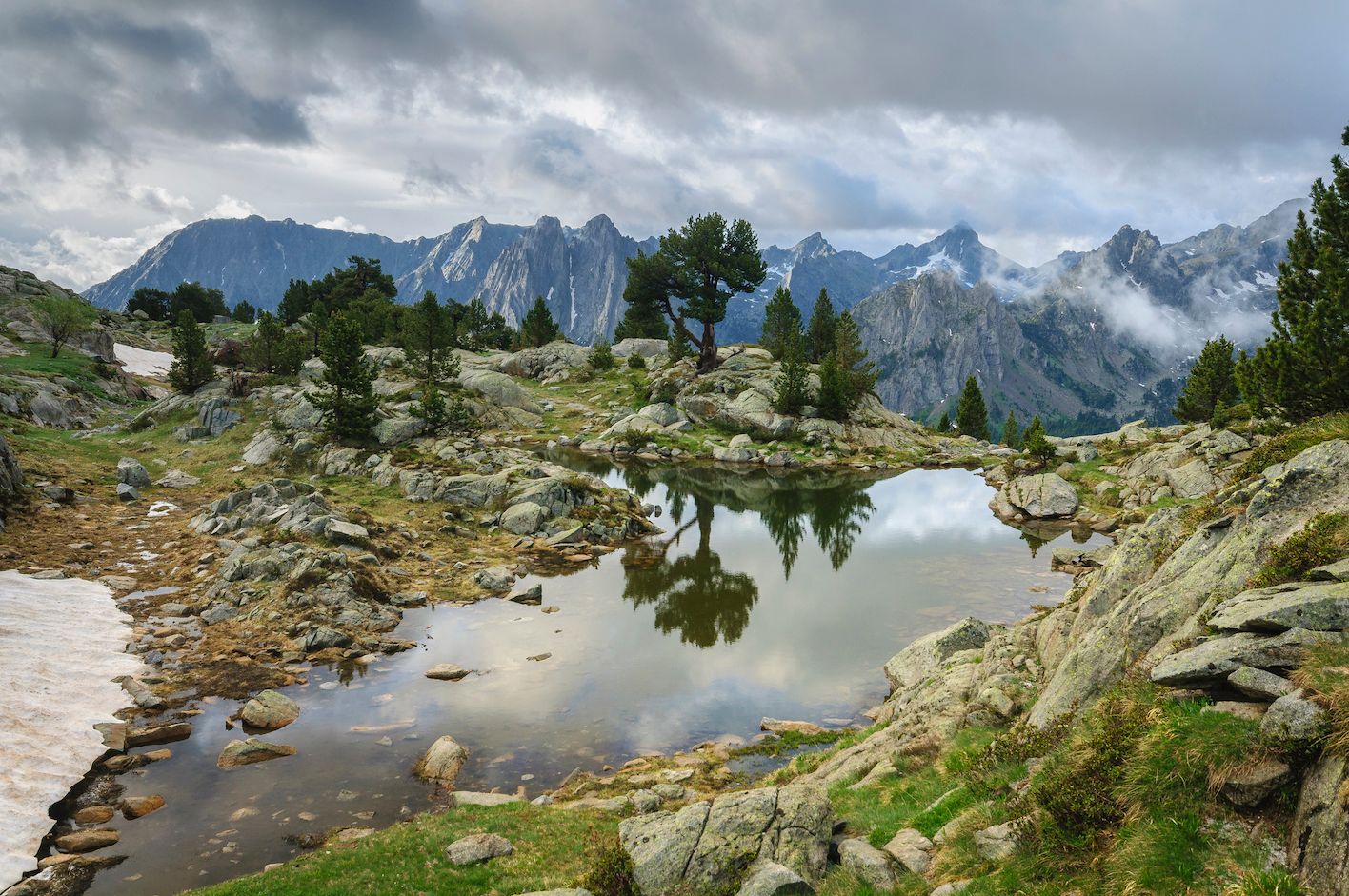
Distance: 34 miles
Time: 3-5 days
This walk introduces you to the diverse, colourful landscapes of the Aigüestortes i Estany de Sant Maurici National Park. ‘Aigüestortes’ means ‘twisted waters’ in Catalan, and the mountain landscape is threaded with rivers, tarns and waterfalls. One of the best ways to explore the park on foot is via the Carros de Foc (or Chariots of Fire), a circular path connecting nine mountain refuges.
You can walk the route any direction you want, and can choose which refuges to stop at, based on availability.
We’d recommend starting the walk in the car park at Espot, and following the trail along the Peguera River. You’ll pass through an alpine landscape of meadows, pine forests and mountains, and small lakes. Break for the first night at the gorgeous Refuge Joan Maria Blanc, located on a spit of land jutting into a crystalline lake.
The next day is the hardest climb of the route. You’ll ascend to the Coll de Monestero, the highest mountain along the route, towering at a lofty 2715m. The climb is steep and the view spectacular - endless lakes on one side and a sweeping panorama of the Catalan Pyrenees on the other.
The descent through the Monestero Valley will take you into a dramatically different landscape - you’ll exchange craggy slopes for vivid forests and colourful alpine meadows. Stay at Ernest Mallafré Refuge or continue on to Amitges Refuge. The final day’s walk back to Espot will consist of a slow descent through pine forests and lakes.
4. Cadaqués to Roses
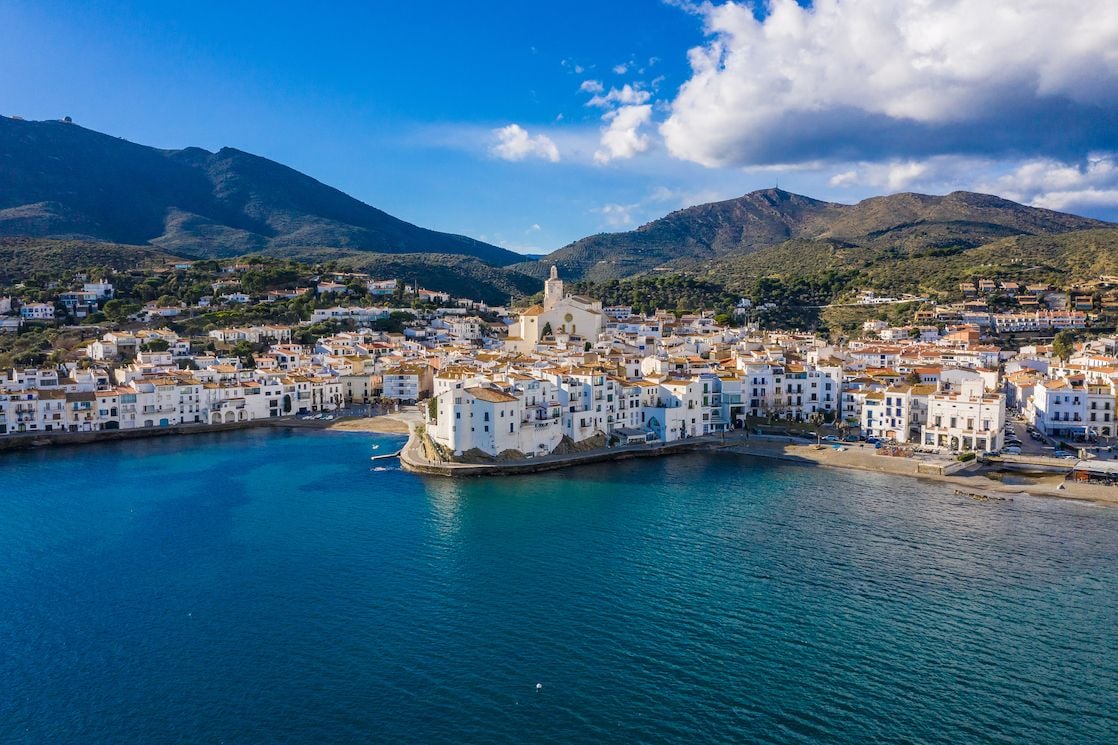
Distance: 12.5 miles
Time: 6hr 30mins
The Pyrenees is best known for its high alpine peaks, but it stretches all the way to the sunbaked southern Spanish coast. If you’re looking to combine hiking with a dip in the Mediterranean, look no further.
Take the ferry from the picturesque town of Roses to Cadaqués, a town made famous by Surrealist artist Salvador Dalí. We’d recommend visiting his former home, Casa Dalí, if you have time.
The path - which is a section of the GR92 route - begins in the south of the town, and takes you on a shortcut across a rocky peninsula. You’ll cross onto the Cap de Norfeu (there are excellent views if you walk to its end) and can continue down to Cala Montjoi beach for a swim.
Pick up the waymarked ‘Cami de Ronda’ which takes you along the coast, past breathtaking coves, abandoned military bunkers and along the harbour to Roses. It’s a very different Pyrenees hike to the others on this list!
5. Pique Longue du Vignemale
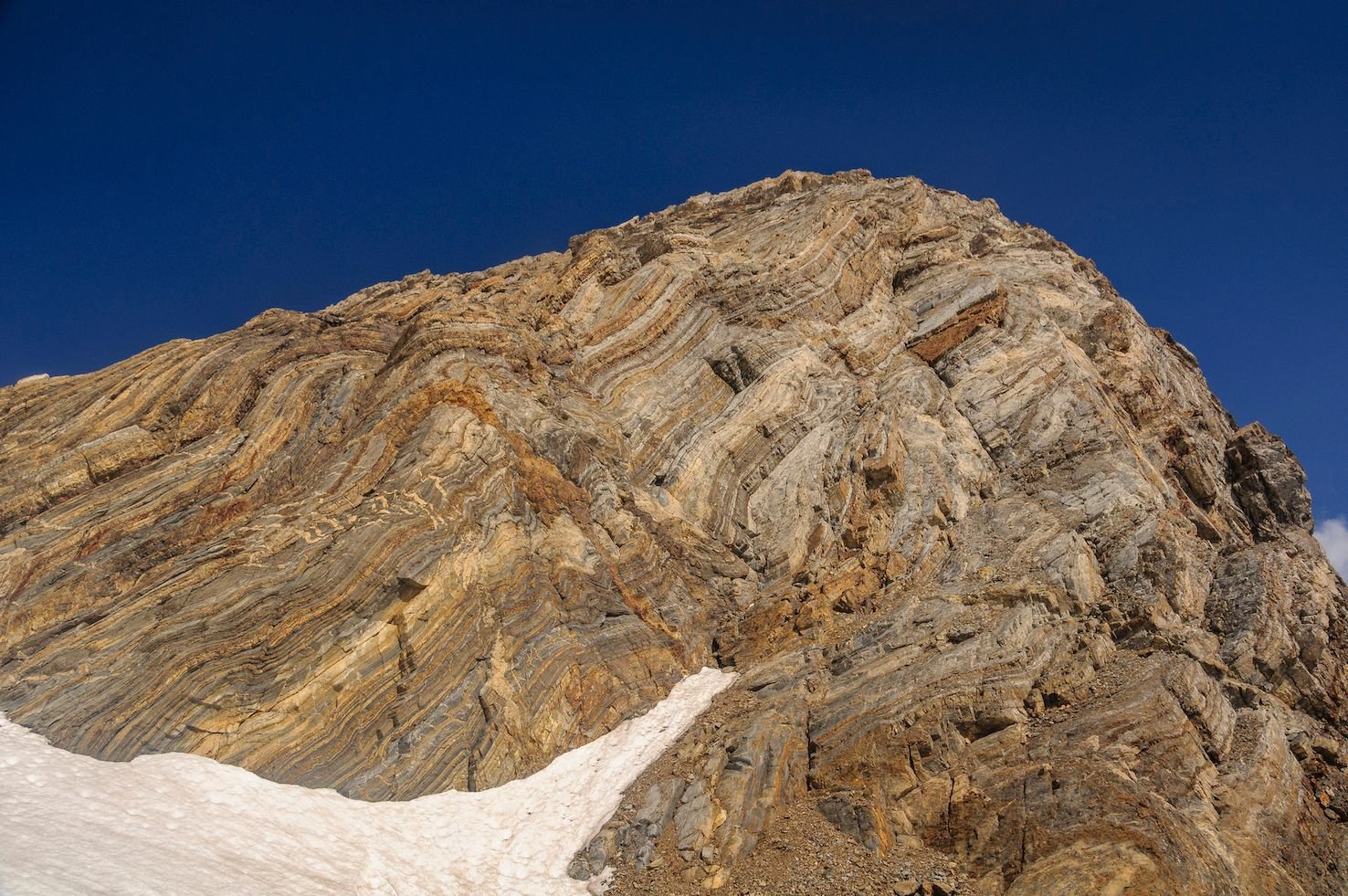
Distance: 5.5 miles
Time: 6hrs 30mins
This glorious alpine mountain is located near the popular Cirque de Gavarnie hotspot in the Pyrenees National Park - its summit is the highest point of the French Pyrenees. With several different ascents, it attracts the attention of everyone from aspiring hikers to seasoned climbers.

The voie normale starts at Ossoue Dam (Barrage d'Ossoue). It takes you past the Bellevue Caves and across the Ossoue glacier, one of the last remaining within the Pyrenees National Park. To do so, we recommend roping yourself, and taking crampons. Walking poles (or an ice axe) are also useful pieces of kit.
If your experience of winter sports such as ice climbing is limited, make sure you’re embarking on the walk with someone more experienced.
Once you’ve crossed the glacier, you could break for the evening at Refuge de Baysselance. Or continue on to the summit, scrambling across exposed rock to get there. You’ll be rewarded with a stunning view!
Inspired? Check out our full range of small-group hikes in Spain.


